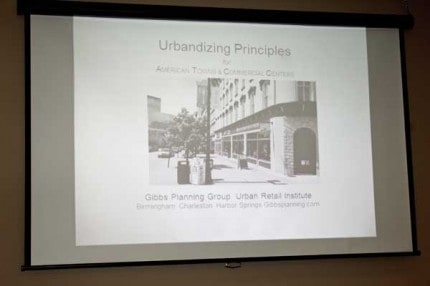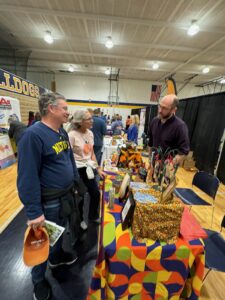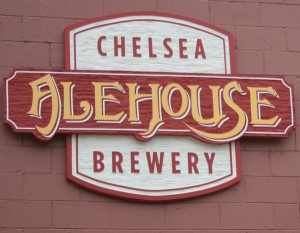
About a dozen people were on hand in the City Council chambers to hear a presentation about the current state of retail by Robert Gibbs on Monday, April 13.
Gibbs has been hired by the city to do a retail and commercial market analysis.
The well known Birmingham company specializes in market research, traditional town planning and landscape architecture.
Calling Chelsea “a great community right out of central casting” Gibbs told the crowd that “I’d say you are in the top 2-3 percent with what you’ve created here.”
He praised Chelsea’s anchor buildings, citing the Chelsea District Library and the new Police Building as great examples of anchors for the downtown while positively commenting on his impressions of Vogel’s and Foster’s calling it “rare these days to see a store with men’s and women’s clothes and shoes.”
He also touched on the benefits of the Purple Rose Theatre and its importance to the local economy.
The company has two decades of history in retail planning and analysis and he said his firm has worked in some of the “most livable places in the country.”
Below are some of the many interesting retail facts he presented:
- Shoppers go into a store and expect to find at least five things on sale.
- Major retailers are turning toward urban cities and building half-size stores in historic buildings.
- Many towns want a Target, but not a Walmart.
- The trend is toward retail on the bottom floor and residential on the top floors of buildings.
- There’s an “x-factor” in retail – something that makes a store unique like handcrafted signs or hand-drawn sandwich board signs, that draw a customer’s attention.
- Some towns have pop-up retail spaces housed in old box cars.
- Public markets with vendors that sell meat, cheese, prepared foods and baked goods are popular in urban cities.
- Most shoppers will only walk 1,000 feet and having enough close by parking is important. People don’t want to drive round and round looking for a parking spot. They want to park on the same block as the store they want to go to.
- He cautioned cities to be aware of where street tress are placed because many times they block the signage on retail stores.
“I hear that Chelsea doesn’t have a parking problem,” he said, adding that he would not recommend parking meters in the city.
He said that his company would compile a report for the City Council in about a month and “we’ll tell you what the market will support,” Gibbs said but it would not include what specific stores should be located in the city, rather the amount and general types of retail the city can sustain given its unique circumstances.
For more information, click here or go to his Facebook page here.















